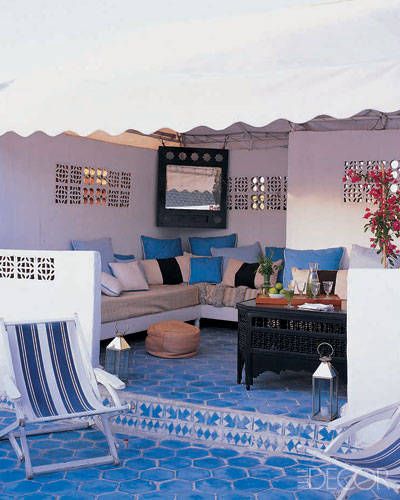
Religious furniture plays an integral role in the practice of various faith traditions around the world. From chairs and pews in churches and synagogues to altars and sacred vessels in temples and mosques, religious furniture serves both practical and symbolic purposes. These pieces are often crafted with intricate designs and fine materials, reflecting the reverence and importance placed on sacred spaces. In many religious traditions, such as Christianity and Islam, furniture like crosses and prayer rugs are essential tools for worship and spiritual connection. Additionally, religious furniture can also carry historical and cultural significance, reflecting the traditions and beliefs of a particular faith community. Whether ornate and elaborate or simple and modest, religious furniture serves as a tangible representation of devotion and reverence in religious practices worldwide.
Religious furniture has played a significant role in various religious practices across different cultures and traditions. From altars and crosses in Christian churches to prayer mats in mosques, these pieces of furniture serve as symbols of faith and worship. They not only enhance the spiritual ambiance of the worship space but also provide a focal point for congregants to focus their prayers and meditation.
One of the most common forms of religious furniture is the pew, often found in churches and synagogues. Pews offer congregants a place to sit and reflect on sermons or worship services. The design and arrangement of pews can vary greatly depending on the denomination and traditions of the religious institution. Some pews are simple wooden benches, while others may be ornately carved and upholstered. Regardless of their design, pews help create a sense of unity and community among worshippers.
Another important piece of religious furniture is the lectern or pulpit, where clergy deliver sermons and readings from sacred texts. The design and placement of the lectern can vary depending on the religious tradition. In Christian churches, the lectern is often located at the front of the sanctuary, serving as a focal point for the congregation. In mosques, the minbar serves a similar purpose, providing an elevated platform for the imam to deliver the Friday sermon. These pieces of furniture not only serve a practical function but also symbolize the authority and sacredness of the spoken word in religious practice.
Overall, religious furniture plays a crucial role in shaping the worship experience for believers around the world. Whether through pews, altars, lecterns, or other pieces of furniture, these elements serve to enhance the spiritual atmosphere and facilitate the practice of faith. By understanding the significance of these pieces of furniture, we gain a deeper appreciation for the traditions and rituals that connect religious communities across cultures and generations.
 home decor trends
home decor trends



